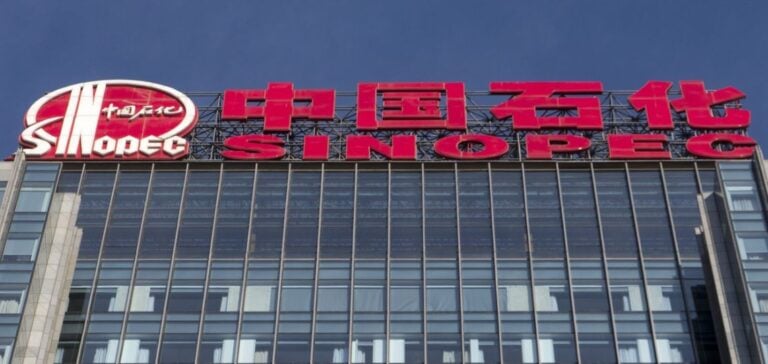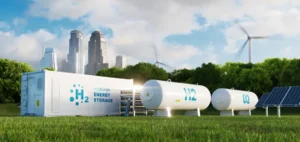China strengthens its role in the global hydrogen industry by unveiling its first green hydrogen production project based on seawater. Located in Qingdao, Sinopec’s refinery, a key player in the energy sector, has integrated a direct seawater electrolysis technology powered by renewable energy to produce up to 20 cubic meters of green hydrogen per hour.
An energy strategy focused on local resources
The direct use of seawater in hydrogen production marks a significant breakthrough for coastal regions. Unlike traditional processes that consume significant amounts of freshwater, this technology harnesses marine resources, offering a sustainable alternative suited to water-stressed areas.
To address challenges posed by seawater impurities, such as corrosive chloride ions, the project incorporated specific innovations, including corrosion-resistant electrodes and optimized circulation systems. These advancements were developed in partnership with the Dalian Institute of Petroleum and Petrochemicals.
A political vision for energy sovereignty
This project is part of a strategic effort to diversify energy sources. By developing industrial-scale green hydrogen production, China aims to reduce its reliance on fossil fuels while capitalizing on renewable energy. Through this initiative, Qingdao becomes a model for other regions looking to adopt similar technologies.
Beyond its technological aspects, this project reflects an energy policy focused on strengthening a domestic value chain. The hydrogen produced directly supports local infrastructures, such as hydrogen-powered vehicles and industrial processes, promoting a circular economy at the regional level.
Industrial development and future prospects
Sinopec’s objective is to make hydrogen production a large-scale industrial activity. With the recent commissioning of a megawatt-scale PEM electrolyzer and other hydrogen-related projects, the company continues its roadmap to becoming a leader in this strategic sector.
In parallel, the political implications of this project strengthen China’s position on the global energy stage. By reducing costs associated with energy imports and developing local expertise, China consolidates its autonomy while paving the way for future technological exports.






















